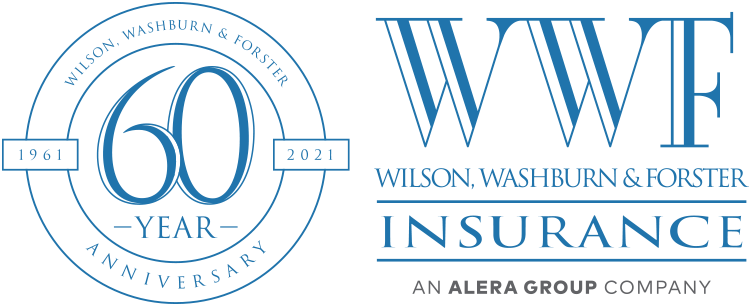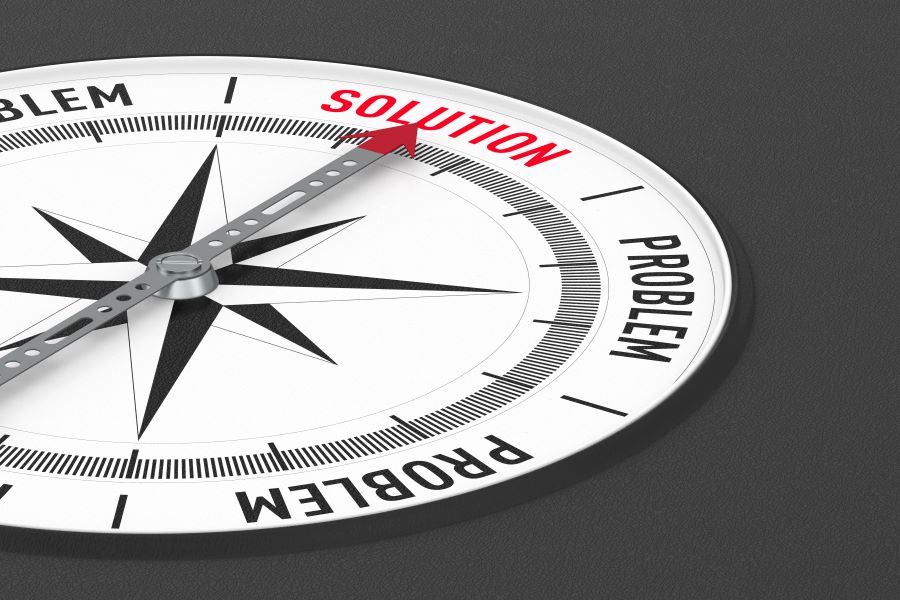Insuring your business can be challenging. In addition to rising rates and more restrictive terms, insurers are increasingly reluctant to write certain risks. If you have a difficult account – for example, due to high claims or unusual exposures – you may struggle to find the coverage you need in the traditional insurance market. The Excess and Surplus (E&S) lines market is providing relief.
What Is the E&S Market?
An insurance company can be either admitted or non-admitted.
- Admitted insurance companies have met state regulations and have approval from the state Department of Insurance to operate in the state.
- Non-admitted insurance companies may not comply with all state regulations and have not received approval from the state Department of Insurance. This means non-admitted carriers lack certain protections. For example, policyholders who are dissatisfied with claims handling cannot file an appeal with the state. Additionally, if the insurance company becomes insolvent, claims may not be paid. The E&S market consists of non-admitted insurance companies.
The upside to non-admitted carriers is they have additional flexibility admitted carriers lack. According to the National Association of Insurance Commissioners (NAIC), non-admitted carriers can cover risks that are unavailable in the admitted market. Surplus lines primarily focus on new and innovative insurance products for which there is no loss history and for which pricing via traditional actuarial methods would be difficult.
The E&S Market Is Growing
The E&S market is not new, but it has experienced significant growth in recent years. According to the NAIC, the U.S. surplus lines market experienced direct premium growth of 15.7% in 2020, which, at the time, was the largest year-on-year premium growth since 2003. By the end of 2020, direct premiums in the surplus lines market totaled $66 billion, which represented 9.1% of all direct premiums in the U.S. property and casualty market.
This rapid growth has continued in the years since 2020. AM Best says the surplus lines market accounted for 10.1% of all property and casualty direct premiums written by the end of 2021 and for 20.4% of commercial lines direct premiums written. The 2022 midyear report from the U.S. Surplus Lines Service and Stamping Offices shows surplus premiums were up 32.4% in the first half of 2022 and transactions were up 9.4%.
E&S Provides Options in a Challenging Market
It’s no coincidence the E&S market has taken off at the same time the traditional insurance market has been hardening. According to AM Best, U.S. property and casualty insurers have been dealing with challenges stemming from the pandemic, the supply chain crisis, inflation, natural catastrophes, and investment market volatility. Loss costs have risen as a result.
Insurers have had to respond to these market conditions. They have increased rates, made coverage terms more restrictive, and, in some cases, opted not to offer any coverage at all. This leaves a gap in the market, which E&S carriers have stepped in to fill.
The E&S market excels at assessing new exposures and tailoring terms and limits to meet coverage demands. AM Best expects the E&S market to continue to grow.
Demand Is Putting Pressure on the E&S Market
The E&S market is helping to alleviate some of the challenges in the traditional market, but the resulting surge in demand has had an impact. As in any market, prices increase when demand exceeds supply.
According to Insurance Business America, the executive director of the Excess Line Association of New York says an unprecedented number of startup carriers have entered the E&S market, but this has not yet translated into significant downward pressure on rates.
Leveraging the E&S Market
The E&S market is providing critical relief to businesses that cannot find adequate coverage in the traditional market. However, navigating the E&S market requires expertise.
Only licensed surplus lines brokers can access the E&S market. According to the NAIC, surplus lines brokers are responsible for ensuring the E&S insurer meets the eligibility criteria to write policies in the state and remits the surplus lines premiums tax payments.
If you’re considering using the E&S market, you need a licensed surplus broker to help you secure comprehensive coverage while protecting your interests.
Need Guidance?
Wilson, Washburn & Forster is a boutique independent insurance agency that has been in business since 1961. We offer access to both traditional insurance coverage and options through the E&S insurance market. Our experience, claims handling, service, and community commitment is unrivaled.
Contact us today at 786-454-8384 for a complimentary analysis of your current insurance program by an insurance specialist in this field.








Leave a Reply